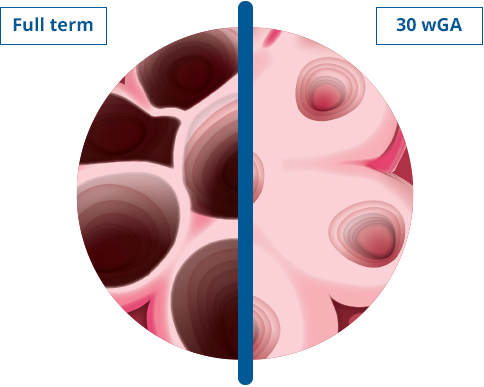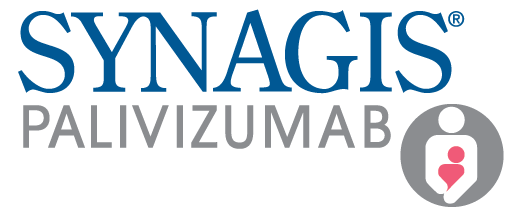Resources
Help guide your patients and their parents or caregivers with these tools and resources.

Identifying High-risk Patients
RSV Protection Guide
Emphasizes the importance of protecting the highest-risk infants first and offers information and resources to help make sure these infants start and stay with SYNAGIS
Patient Eligibility Grid
Helps identify high-risk patients who are eligible for SYNAGIS
Editable Patient ID Log
Allows you to identify and track eligible patients during the RSV season
2014 AAP Birthday Guide
Interactive guide that simplifies identifying infants who are at the highest risk for severe RSV disease during the 2024-2025 RSV season according to the 2014 AAP guidance
2024 NPA Birthday Guide
Interactive guide that simplifies identifying infants who are at the highest risk for severe RSV disease during the 2024-2025 RSV season according to the 2024 NPA guidelines
Other Resources
Tools to help you in your practice
NICU FIrst Dose
Demonstrates the importance of receiving the first dose of SYNAGIS in the NICU, before a patient is discharged to the outpatient setting
RSV Education for Your Patients
RSV Factsheet
Contains information about what RSV is and premature infants at high risk
SYNAGIS Information for Your Patients
SYNAGIS brochure
Educate Parents/Caregivers about SYNAGIS and why their baby may be at high risk
View form en español
Caregiver Action Steps Postcard
Here's what to do when your doctor has prescribed SYNAGIS for your baby
AAP=American Academy of Pediatrics; NICU=neonatal intensive care unit; NPA=National Perinatal Association; RSV=respiratory syncytial virus.
All imagery is for illustrative purposes only.



